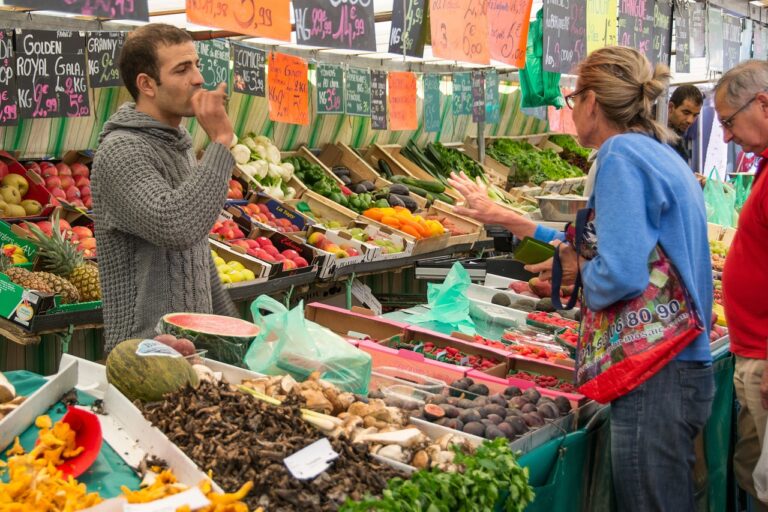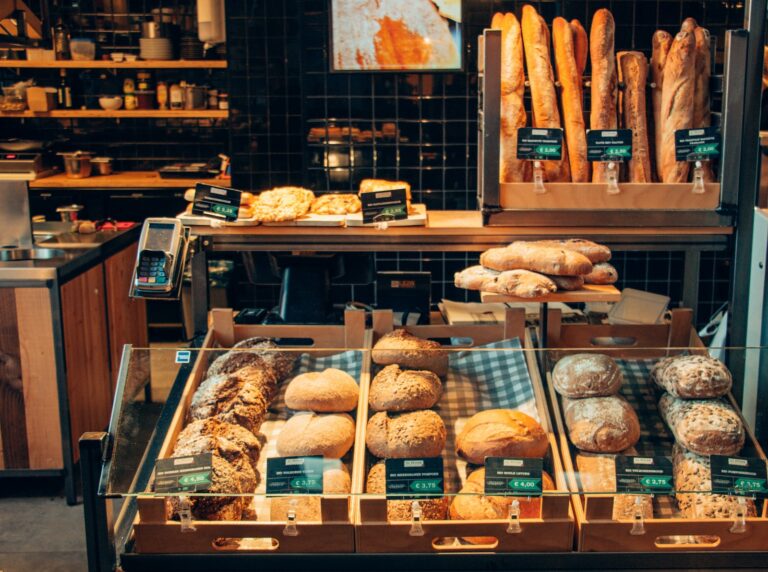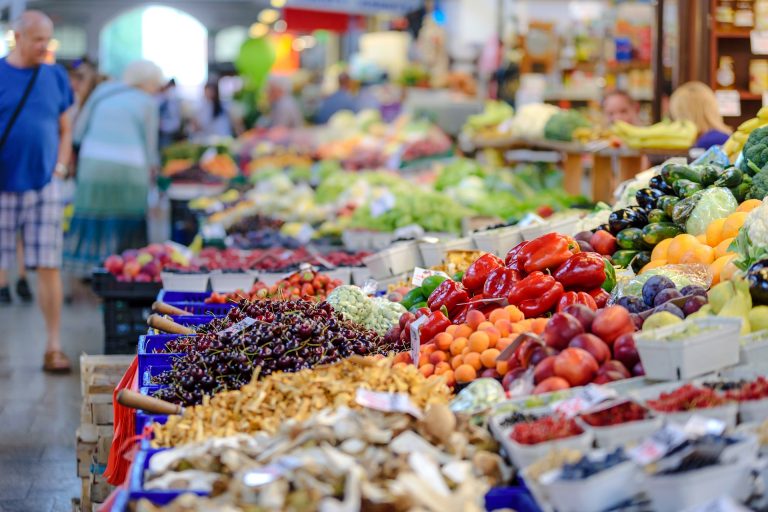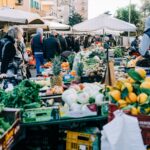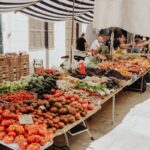If you’re like most farmers market buyers, you use your SNAP benefits to purchase fresh, local produce. But did you know that there are ways to maximize your SNAP benefits and get the most out of them?
In this blog post, we’ll discuss some tips for getting the most out of your SNAP benefits at the farmers market.
So read on for helpful advice on how to make the most of your hard-earned money!
- Understand the basics of SNAP benefits
- Learn how to budget your SNAP benefits
- Find out what is covered by SNAP benefits
- Learn about the requirements for eligibility
- Use food stamps to purchase healthy foods
- Discover how to use your benefits most effectively
- Join or start a food co-op
- Ask questions if you have any doubts or need help navigating the system
Understand the basics of SNAP benefits
SNAP, or the Supplemental Nutrition Assistance Program, formerly known as the Food Stamp Program, is a federally-funded program that provides assistance to low- and moderate-income households in purchasing food. SNAP benefits are issued through Electronic Benefit Transfer (EBT) cards, which can be used at SNAP-authorized retailers to purchase eligible food items.
SNAP benefits can also be used to purchase seeds and plants, which can be used to grow food. To participate in SNAP, households must meet certain income and resource requirements. For example, households may not have more than $2,250 in countable resources, such as cash or bank accounts.
Additionally, SNAP benefits are limited to households with gross incomes below 130% of the Federal Poverty Level.
For a family of four, this means an annual income of no more than $33,475. For more information about SNAP eligibility and benefits, visit the SNAP website or contact your local SNAP office.
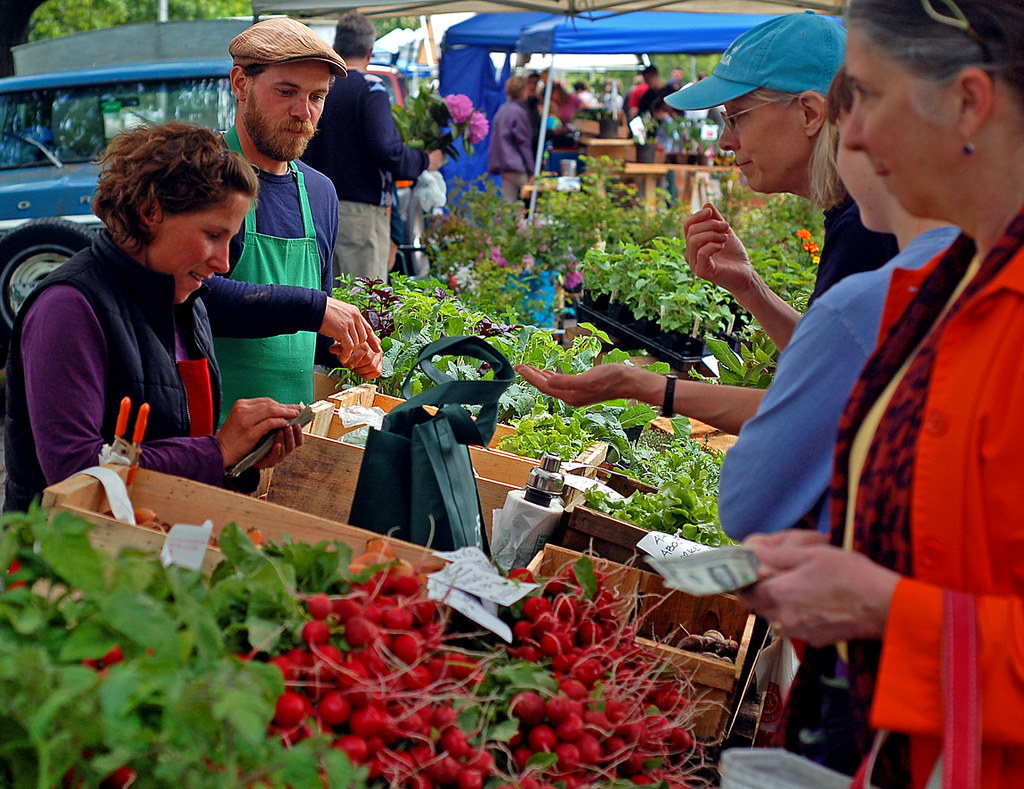
Learn how to budget your SNAP benefits
SNAP benefits can be used to buy groceries at participating retailers and can be a valuable resource for families struggling to make ends meet.
One important way to make the most of SNAP benefits is to learn how to budget them. SNAP benefits are typically issued on a monthly basis and can be used to purchase SNAP-eligible items up until the benefit period expires.
For example, if a family is issued $500 in SNAP benefits for the month of August, they can use those benefits to purchase groceries until August 31st.
Once the benefit period expires, any SNAP benefits that have not been used will be unavailable. Because of this, it’s important to develop a budget that ensures all SNAP benefits will be used before the end of the benefit period.
There are many ways to budget SNAP benefits, but one approach is to break the total benefit amount down into weekly allotments.
This would give them a set amount of SNAP benefits to work with each week and would help to ensure that all SNAP benefits are used before the end of the month.
Budgeting SNAP benefits can be a challenge, but it’s an important way to make sure all eligible households have access to nutritious food.
Find out what is covered by SNAP benefits
SNAP eligible items include fruits, vegetables, meat, dairy products, grains, and non-alcoholic beverages. SNAP benefits cannot be used to purchase alcohol, cigarettes, pet food, or household items such as soap and paper towels.
SNAP recipients are also limited to $500 per month in SNAP benefits.
For more information on SNAP benefits, visit the SNAP website or contact your local SNAP office.
Learn about the requirements for eligibility
To be eligible for SNAP benefits, applicants must meet certain income and resource requirements. For example, households must have an income that is below the poverty line, as well as resources that are below a certain limit.
Additionally, SNAP benefits are only available to U.S. citizens and certain legal immigrants. Households that meet the eligibility requirements can receive SNAP benefits for up to three months in a given year.
However, households that contain an individual who is working at least 20 hours per week or participating in an approved work program may be eligible for SNAP benefits for an extended period of time.
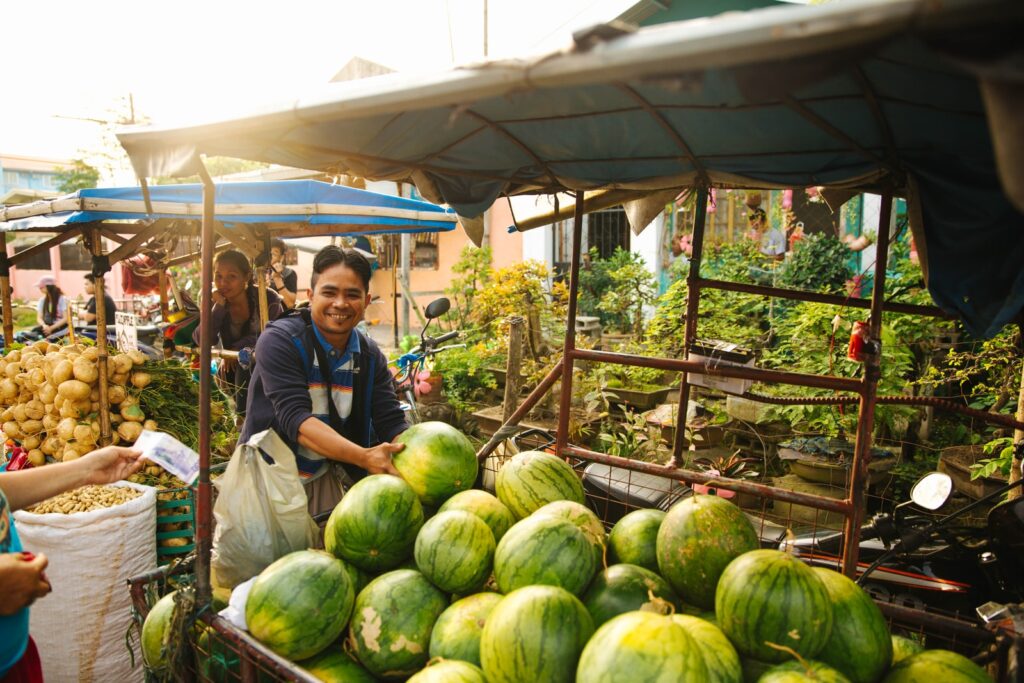
Use food stamps to purchase healthy foods
While SNAP recipients are not limited in what they can purchase with their SNAP benefits, it is important to note that SNAP does not cover non-food items such as paper products, cleaning supplies, or personal care items.
Additionally, SNAP benefits cannot be used to purchase alcohol or tobacco products. In order to promote healthy eating habits, SNAP encourages recipients to use their benefits to purchase nutritious food items such as fruits, vegetables, whole grains, lean protein, and low-fat dairy.
SNAP also offers nutrition education resources to help recipients make informed choices about the food they eat. With a little planning and effort, SNAP recipients can use their benefits to purchase healthy and affordable meals for themselves and their families.
Discover how to use your benefits most effectively
If you or someone you know is struggling to make ends meet, SNAP benefits (formerly known as food stamps) may be able to help. SNAP is a federal program that provides assistance to low-income individuals and families. SNAP benefits can be used to purchase food items at participating retailers.
SNAP recipients can also use their benefits to buy seeds and plants, which can be used to grow food at home. In addition, SNAP benefits can be used to purchase school meals for eligible children.
If you or someone you know is interested in SNAP benefits, it is important to note that there are income eligibility requirements and deadlines for applying. For more information, please visit the SNAP website or contact your local SNAP office.
Join or start a food co-op
Starting or joining a food co-op is a great way to get access to healthy, affordable food. Food co-ops are usually run by members who work together to choose and purchase food in bulk. This can lead to significant savings, as well as a greater variety of food choices.
SNAP benefits can also be used to purchase food through a food co-op. Additionally, food co-ops often have programs that help members learn about nutrition and cooking. As a result, joining or starting a food co-op is a great way to improve your diet while saving money.
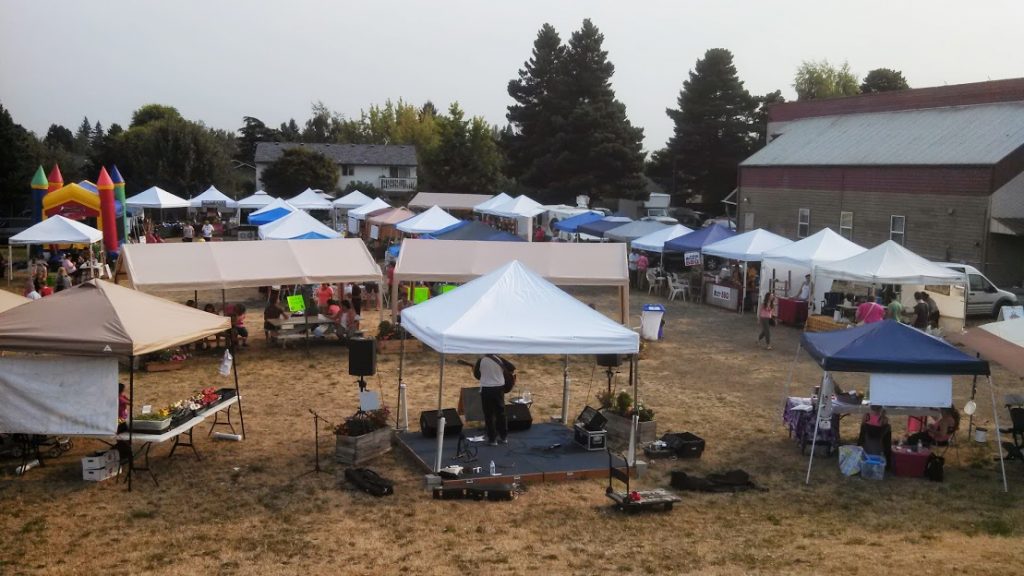
Ask questions if you have any doubts or need help navigating the system
The SNAP food assistance program is a vital resource for many families across the country. However, navigating the SNAP system can sometimes be difficult. If you have any questions or need help understanding the SNAP process, don’t hesitate to ask for assistance.
There are SNAP representatives available to help you every step of the way. Simply call the SNAP hotline or visit your local SNAP office.
SNAP representatives can answer any questions you have and help you get started with the SNAP program.
So if you’re ever feeling lost or confused, just remember to ask for help. SNAP is here to assist you in any way possible.




